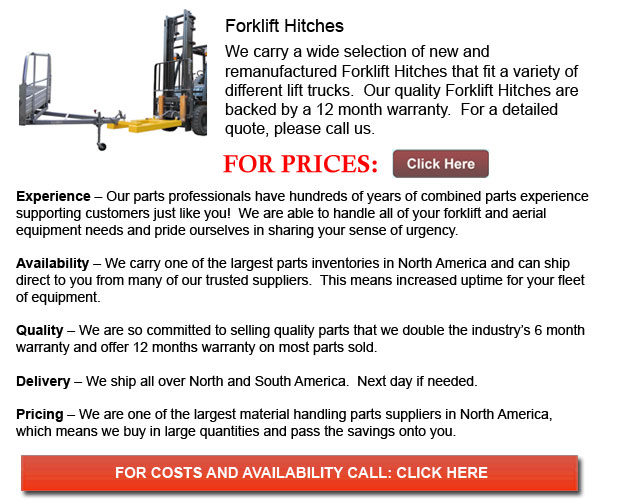
Forklift Hitch - A tow hitch is an object which attaches to the chassis of a vehicle. It is used for towing or can be attached as a tow-bar to a set of paired main gears or an aircraft nose. Hitches can take several forms. They can be in the form of a tow pin and jaw together with a trailer loop. This particular design is normally used for agricultural applications with large vehicles where slack in the pivot pin allows swiveling and articulation. It can also take the form of a tow-ball to be able to allow the same movements of a trailer. The towing pintle is another category of hitches which is used on military vehicles internationally.
The ball-mount is the device which the ball connects to in North America. There are receiver types of hitches on the market that use ball-mounts that are removable. Another design is the fixed drawbar type of hitches. These versions have incorporated ball-mounts. It is vital for the ball-mount to match the SAE hitch class. The ball-mount utilized in a receiver type of hitch is a rectangular bar that fits into a receiver which is connected to the motor vehicle. There are ball-mounts that are removable obtainable that are designed together with a varying rise or drop in order to accommodate varying heights of vehicles and trailers to enable for level towing.
In order to safely tow a load, it is important to have the correct combination of vehicle and trailer. Needed is a right loading on the tow-ball both vertically and horizontally. There are sources and plenty of advice available to be able to avoid problems.
In areas outside North America, the vehicle mounting for the tow-ball is referred to as the tow-bracket. The mounting points for all recent passenger motor vehicles are defined by the tow-bracket maker and the motor vehicle manufacturer. They need to make use of these mount points and prove the effectiveness of their bracket for every vehicle by completing a full rig-based fatigue test.
Many pickup trucks have outfitted on the rear bumper 1 to 3 mounting holes positioned in the center part. The application of these was to be able to help accommodate tow-balls. The ones on the farthest right or left are normally utilized by drivers in rural environments who tow wide farm machinery on two lane roads. The far side mounting allows the trailer and so forth being towed to be further away from the opposite side of the road.
Individuals ought to use extreme caution whenever using the pickup truck's bumper for towing instead of using a frame mounted hitch, for the reason that the bumper does not supply as much strength. Bumper towing is usually reserved for towing lighter types of loads. The weight ratings for both frame mounted receiver hitches and bumper mounted hitches can be seen on the pickup truck's bumper and on the receiver hitch. There are many pickup trucks without frame mounted receiver hitches. These usually make use of the back bumper, specially in instances when it is not a full size pickup.
![]() Click to Download the pdf
Click to Download the pdf
Forklift Parts
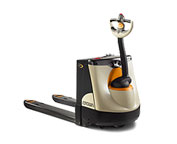
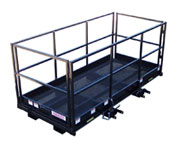
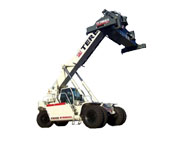
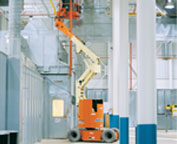
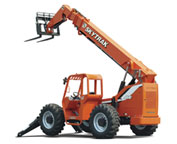
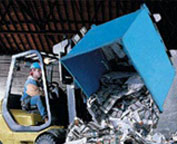
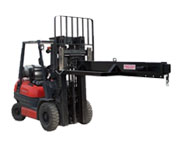
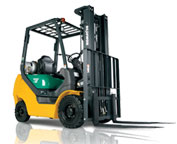
Lift Parts Express
TOLL FREE: 1-888-695-7994
LOCAL: 661-471-2086
2010 WEST AVENUE K 617
Lancaster, California
forkliftpartslancaster.com
Email Us
About Us


